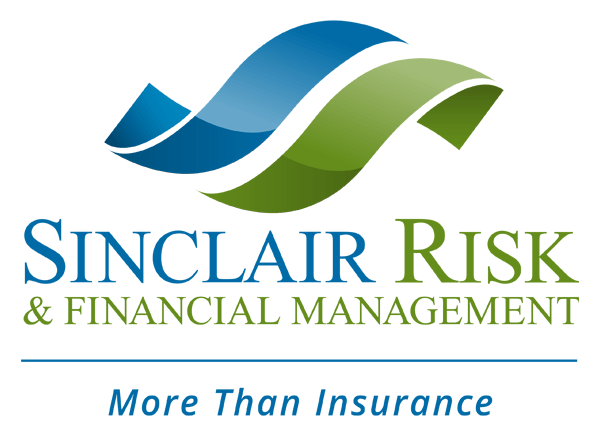As a forward-looking business, your supply chain is vital. You rely on your suppliers to provide high-quality materials, products, and services so you can serve your customers. Your suppliers give you the ability to run an efficient operation so you can sell to businesses and individuals.
So what happens when your supply chain breaks? There are all sorts of natural disasters that can impact your suppliers — Earthquakes, floods, wildfires, tornadoes, hurricanes, evacuations. It might sound like a doomsday scenario, but it’s important to be ready for anything.
That’s why you need to have a contingency plan in place if your suppliers can’t deliver goods and services to you. This is known as “Business Continuity Planning (BCP)” and “Disaster Recovery (DR)” and taking some time now will give you confidence you can survive problems in the future.
Here’s a step by step guide to getting a business continuity plan in place.
Understand all of the products, materials, and services you rely on from your suppliers
Go through all the business processes you use to create the products and services your customers rely on. Carry out a complete audit of everything that feeds into, through, and out of your processes. Note down any materials, products, or services that you source from outside your own business. This could include:
- Raw materials.
- Support and maintenance services.
- Plant and equipment.
- Office and business services.
- People and experts.
- Hardware, software, and hosting.
Establish which supplier provides each of these to you and note them all down.
Speak to your suppliers about their own disaster recovery and business continuity plans
Call each of your suppliers and talk to them about the DR and BCP they have in place. Ask them if they have recommendations for other suppliers in the event they suffer from a natural disaster. Reassure them that you aren’t planning to flee to the other supplier, but you just want to have a contingency plan in place.
Locate suppliers in other geographic areas and speak with them
Explore suppliers located in other areas (in case the natural disaster is widespread) who can meet your needs. Make sure they can provide the goods and services you need to the quality and speed you expect. Call these suppliers and talk with them about them becoming a contingency supplier to you and see what would be involved.
Get an agreement in place with your contingency suppliers
Once you’ve identified suppliers you want to use, get a formal agreement in place about them becoming backup suppliers. Let them know your expectations, turnaround times, amount of materials or services needed, quality, and any other key factors. In some cases you may need to provide a standby or retainer fee, so you will need to plan that in.
Test out their products and services
Ask your contingency suppliers to provide you with samples of their goods and services so you can check them for quality. You may have to pay for these, but it’s worth it to find out if they can meet your needs.
Share this information with other key people in your business
Ensure you document all of your contingency suppliers, agreements, and contact points. If a supplier suffers from a natural disaster you’ll want to have information easily available so you can react to the emergency quickly. Let your other key staff know exactly where to find and how to use the information.
This might seem like being over-prepared, but in business there’s really no such thing. The last scenario you want to be in is frantically searching for a new supplier because your current one can’t operate. Take care of the issues now, and you’ll be able to smoothly switch over to a new supplier in the event of any problems.
Joe Pinto
Risk Management Consultant
jpinto@srfm.com


